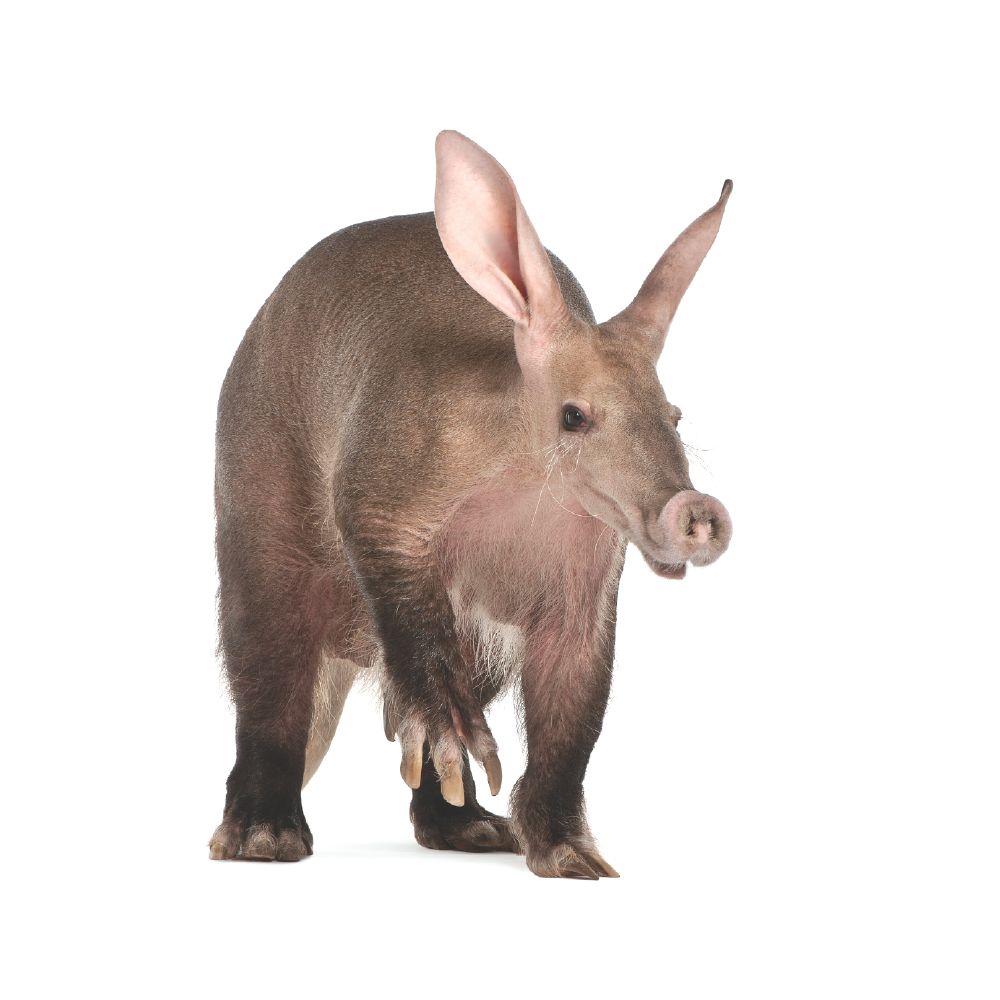- Fermentation provided a number of foods on the tables of medieval monks. Beer, cheese, wine, sausages all result from fermentation processes. While it is true that medieval monks invented none of these foods originally - the Romans made cheese, wine, and sausages and Norsemen enjoyed beer - the monks, after the fall of Rome, guarded.
- Medieval monks were a little more like us. They consumed 6,000 calories/day on “normal” days, and 4,500 calories/day when fasting. Needless to say, middle ages food meant the common people were thin, while obesity was prevalent among monks and the upper classes. Then again, plump people were considered more attractive back then.
- The life of a medieval monk followed a strict pattern. The days consisted of a routine of religious services, manual labour, and sleep, varying only on feast days. The life of a medieval monk centred around prayer and religious observance. From the first service of the day to the last prayers at night, each 24 hour period followed the same pattern.
- 1 For the daily meals, whether at noon or in mid-afternoon, it is enough, we believe, to provide all tables with two kinds of cooked food because of individual weaknesses. 2 In this way, the person who may not be able to eat one kind of food may partake of the other. 3 Two kinds of cooked food, therefore, should suffice for all the brothers, and if fruit or fresh vegetables are available, a.
What did kings eat for breakfast? In medieval times kings ate bread, fruits and oats. For a drink the kings had wine or ale. 3 fish or meat dishes. What did lords/ nobles eat for breakfast? For a drink they had wine or ale. White bread, 3 fish dishes and 3 meat dishes. What did knights eat.

What kept those valiant warriors fighting to the end? Today we look at what kinds of food medieval Knights ate to energise and strengthen them, ready for combat on the battlefield.
Want to know what nobles feasted on in the Middle Ages? Click this link to one of my previous posts:
Right, let’s answer the question: “what did knights eat in the Middle Ages?”
The concept of knighthood only truly appeared after about 1000, when certain ranks were introduced and the feudal system was founded. Therefore, we are talking about the period from 1000-1500AD, and I’ll generalise it to keep things simple.
Knights were provided with a knight’s fee by their Lord, and this amount of money would be substantial enough to provide them with food, armour, and other expenses for a year. This payment often wasn’t too bad, meaning that chevaliers could regularly splash out on bigger quantities of eating.

Eat Like A Monk
They also ate better, fresh meat, and lots of it as well. Protein was crucial for rebuilding muscles and recovering wounds. This is quite a difference from ordinary peasants, who ate good meat very rarely, and even more for serfs, who had even less. Opportunities may arise for them to try different kinds of meat, even more so if they were travelling far away on different campaigns for their Lord.
What Do Medieval Monks Wear
Medieval cooking recipes and original texts give us some excellent insights into what a knight would have eaten. White bread was more common for a soldier to eat than the ugly, standard black bread that was made from lower quality grain by poorer people, and they probably ate more rare breeds of fish. A wide variety of fruits and vegetables were important in his diet as well.
In the years 1100-1300, there was a massive popularity drive for crusading, which brought with it new cuisine from the Middle East, such as exotic spices, sauces and fruits. As many men volunteered to fight and took a crusader vow, they may have had the chance to explore the fine food of Palestine, and buy goods from the area to bring home.

Let’s talk about the most famous order of Knights – the Templars. They had sworn oaths of chastity and poverty, which you would expect to have prevented them from consuming many special ingredients. And certainly, this was true. Large amounts of chevaliers would be forced to eat some very bland food. They were allowed to eat a decent three times a day, though. However, as time went on, these rules began to be only loosely followed, so Europe became cultured with new and wonderful foods brought back from the Middle East.
Some of the spices brought back and used in foods for Knights included nutmeg, ginger and caraway.
As well as this, a warrior would eat venison after a great hunt, pears and apples depending on where they grew, and many different kinds of roasted bird. Accompanying this was excessive quantities of wine, which was a lot safer than plain water.
Knights were considered nobility, so they ate much the same stuff that richer folk did. Instead of ham (which was the side of a pig which the poor ate) they stuffed their bellies with pork. Not to mention beef and mutton.
But this means in no way that they over-ate. Top physical condition was a MUST. Furthermore, Wednesdays, Fridays and Saturdays were set aside for fasting, and the only way to get protein on those days were to eat fish or nuts, etc.
Medieval Monk Images
Finally, dairy came from cheese, of course.

Comments are closed.